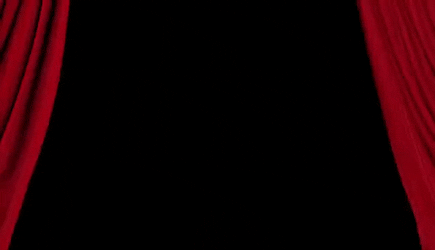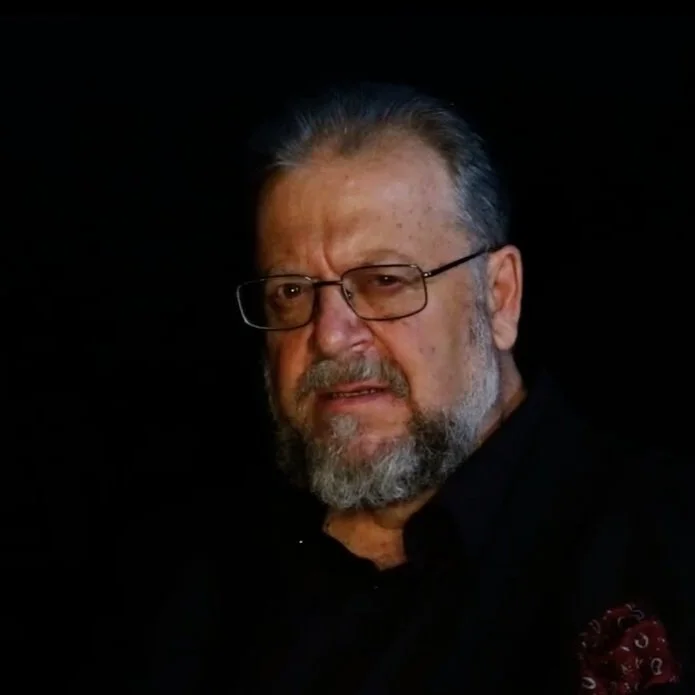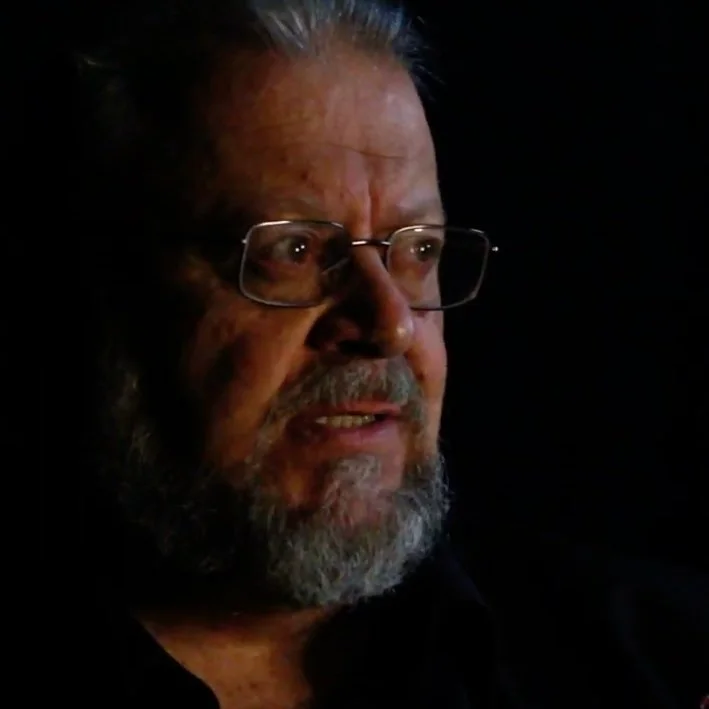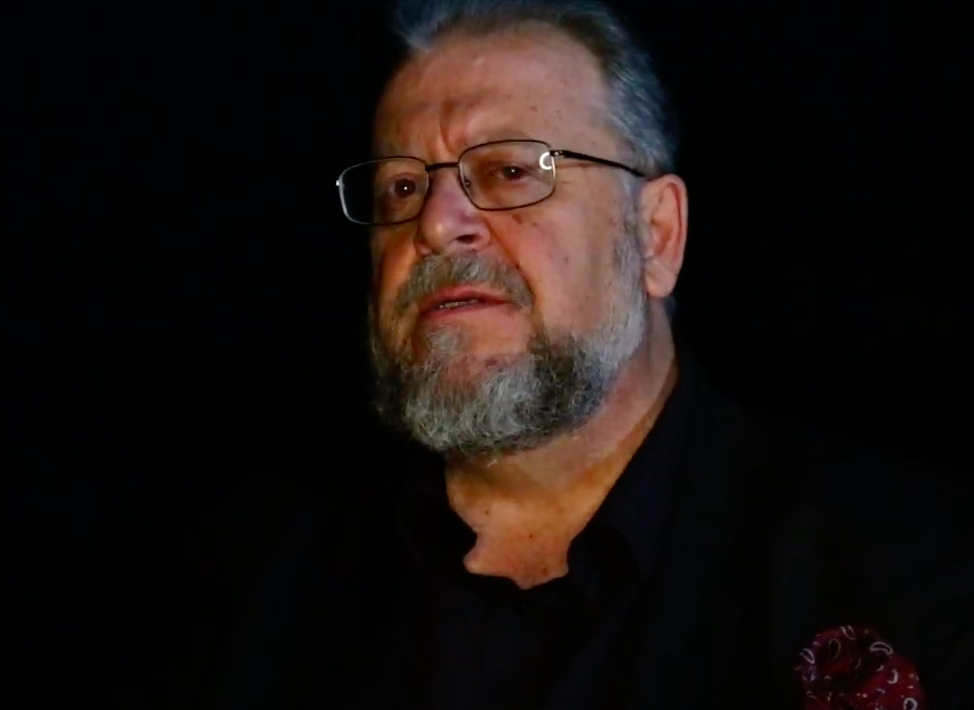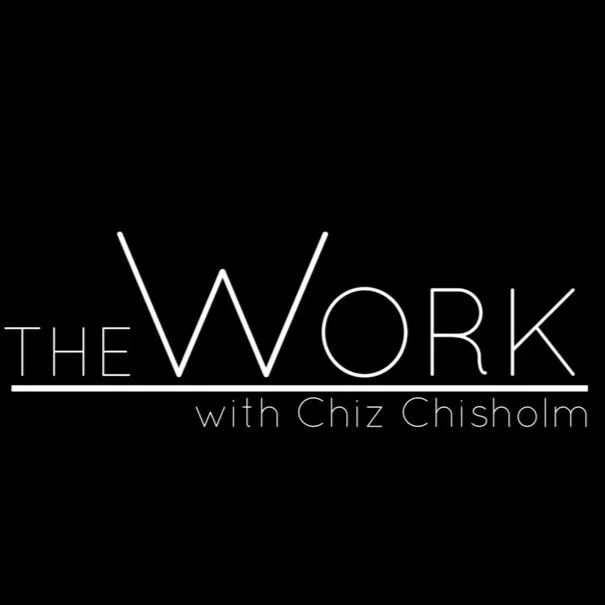Throughout my teaching experience, I have worked with many acting students who feel unqualified in their pursuit of acting. This feeling comes from a simple question: “Am I doing it right?” Various methodologies and pedagogies attempt to reach students in different ways, whether via games, changing the pace of class, or adapting existing plans to meet the needs of the class. I believe that giving an actor a sense of swagger is the key to becoming a great actor because it encourages a willingness to invest in training. Swagger, in this case, means having the confidence to make brave choices in a space where they feel challenged and stimulated, rather than judged and criticized. The focus on confidence needs to be put at the forefront of an actor’s formative education to promote growth. As Michael Powell stated in The Acting Bible, “Tension and our habitual responses are often caused by fear and lack of trust in ourselves.” Trust comes from familiarity and the set expectation that everyone’s boundaries and needs will be respected and adequately met.
The term brave space was first propagated by Brian Arao and Kristi Clemens in their book The Art of Effective Facilitation: Reflections from Social Justice Educators. They state that a brave space within a classroom environment contains five main elements. The first one, “controversy with civility,” defines the classroom as a place where everyone can have different opinions and have them be acknowledged. The second one is “owning intentions and impacts,” which means that students have the ability and space to recognize and discuss instances where a dialogue affects the emotional well-being of another person. The third concept is “challenge by choice,” in which the students in the classroom have an option to step in and out of challenging conversations. The next is “respect,” which needs no explanation. And lastly, “no attacks,” meaning that the students will all agree not to intentionally inflict harm on one another, whether it be physically, mentally, or emotionally. The trauma-informed practices set forth by Theatrical Intimacy Education (T.I.E.) teaches us that we as educators must teach to the most vulnerable person in the room. I believe that best way to do so is to meet students where they are, as people. Creating brave spaces promotes room for growth and grants your students permission to be creative.
Another crucial idea that builds on individual swagger is an acceptance that nobody can know everything; the beauty of learning is pursuing answers through practice. Students cling to safety in the classroom due to prior conditioning through standardized testing and strict grading practices that lead them to believe there is only one correct answer. In theatre, there are multiple ways to reach the objective and it’s important to let students know this early on. Stanford Meisner said that the foundation of acting is the reality of doing. In numerous classrooms, professors start their curriculums by having students do academic readings or immediately begin pedagogical exercises. Students may feel uneasy about immediately starting their journey into pedagogical exercises. It's a scary new experience, and without getting a sense of community, it's difficult to navigate through it with full confidence. Building trust and relationships from the beginning will better help them make brave choices and grow confidently.
Without trust, students tend to set up walls to conceal their real selves in front of the other classmates and professor. I once had a professor give us an exercise on the first day that involved telling the whole class a story about a time we remember from the year 2008. He pointed out that we had all performed instead of simply telling a real story from our lives. As human beings, we tend to perform to seem more likable or please other people. Often, this performative shield is merely an empty attempt to seem more interesting than we are due to not feeling sure about oneself. Stanislavski noted this when critiquing one of his students for delivering a performance of Othello to impress his teacher:
Say to any one of us “Play a savage, without thinking about it, right now.” I’ll wager that most people will do just what you did during the show, because prowling about, baring one’s teeth, rolling the whites of one’s eyes have been associated in our imagination since time immemorial with a false representation of a savage.
It’s important for educators to know that being insecure is not the fault of the student. For most new college students, the past thirteen years has been spent focusing on obedience and compliance at school and home. College may be the first semblance of independence. Creating a classroom dynamic that is more community-based and flexible helps them to develop emotionally and academically. Intimacy direction in the classroom helps students know that they, as human beings, come before the training and allows them to feel comfortable in their environment.
Once students are comfortable with an educator, and each other, the practice becomes easy as trust is in the room. To quote Meisner again, “And if you’re really concentrated on just listening to cars or looking at a person, you don’t have to worry about being a character. You have one thing to do and concentrate on.” Actors have an easier time listening to each other when they feel that they can trust each other. Furthermore, this eliminates the mystery in our craft. Acting isn’t science or mathematical, it’s art. Students tend to fear their choices because they believe that acting is a series of mysterious choices they have yet to understand. Marlon Brando called acting “the least mysterious of all crafts. Whenever we want something from somebody or when we want to hide something or pretend, we’re acting. Most people do it all day long.” Acting is simple because it is a series of actions. Every moment of every day, humans are doing something. The job of a class facilitator is to encourage students to do what they do better than anyone else: be themselves.
The first step in this journey is to establish the relationship between the facilitator and the students. Facilitation is about establishing the brave space and setting the tone early on so that students know what to expect. As Marsha Acker said in her book, The Art & Science of Facilitation: How to Lead Effective Collaboration with Agile Teams:
It’s about creating the space for what’s needed to help people show up as their most naturally creative selves, voice their point of view authentically, hear different perspectives, develop a shared vision for the future, and decide on a direction forward. Facilitation does not fall for impossible outcomes in unrealistic time frames. It does not stand for unequal participation. It is for creating engaging and connected spaces where all voices are heard.
This means letting students know from the beginning that the journey is about discovery at their pace and individual bar of success. It’s our job as educators to let students know that they should work to their greatest potential and consistently measure themselves to their own standard of excellence. The technique being taught isn’t about finding the ‘right’ way to act; it’s more useful to think of it as eliminating all the hundreds of less effective ways, the acquired habits and obstacles that hamper even the most talented actors. Students grow frustrated when they see their peers “mastering” the technique in a way that they cannot, when they don’t understand that the peer is most likely confident in themselves in one area of the training but very likely not so much in another. Improvement is about identifying one's individual needs at the time.
To ensure that student needs are being met, the simple fix is just to ask them what they need. As Acker said, “People have to know what they will get out of the meeting, why you’re having it, and what you need from them.” Having a solid lesson plan isn’t enough, it’s important to continuously check in with the students by asking what direction would be more helpful for them to head in. It makes the students feel like their education is more important than meeting some sort of course “check list.” Students get more out of the lesson plan when a professor allows them to maybe slow things down and invest more time in studying their given scenes through the pedagogy. This is how I combat emotional and psychological barricades that often stop the creative process: I strive to give students ownership in the classroom. Opinions, personal fears, internal conflict, collegiate stereotypes - these obstacles build a barricade of self-doubt and hinder students from fully joining into the communal experience that is theatre. Swagger comes from freedom, and although there is no way to completely erase self-consciousness, there is a way to create an environment where they are free to grow their craft.
Swagger is the fundamental piece to an acting student’s development. If a student has the confidence to give the practice their best effort, they will have maximum growth throughout the process of the course. My role as an educator is to help students reach an artistic state where they can consistently contribute to their theatre community. My teaching philosophy is to motivate, stimulate, and encourage students to follow my lead: we as a “community” must promote bravery in acting spaces. It’s in these brave spaces that students will find their swagger.
Kaelem Camper is an actor from Philadelphia, PA who has written numerous plays, as well as directed shows as he crafts his personal consent-based pedagogy. He is an alumnus of Temple University (B.A.) and Long Island University (M.F.A.). Upon earning his Masters, he became an adjunct professor at both Five Towns College and Long Island University Post. He also has multiple certifications from Theatrical Intimacy Education (T.I.E.), which he puts into practice in his educational work, directorial work, and his intimacy coordination.
Some Past Credits Include: Ralph D in The Motherf***** with the Hat, CB in Dog Sees God, Captain William Beatty in Fahrenheit 451, Michael in Tick, Tick, Boom, Silvius in As You Like It, Walter Beau Willie Jones/The Kid in The Colored Museum, Black Cindy in Orange is the New Musical, Rich in Lockhardt, Victor in Zooman and the Sign, Antonio/Trinculo in The Tempest, Howie Newsome in Our Town. He has directed many original plays, devised pieces, and multiple first year college showcases. Recently, he has become the co-creater of a non-profit theatrical film company called The Wonderstruck Uncut. For the company's opening season, Kaelem wrote and starred in a film titled Quandaries of the Living. He also directed a film titled Tumor.
HIS WEBSITE: kaelemvoncamper.com
HIS COMPANY: wonderstruckuncut.com
G&E In Motion does not necessarily agree with the opinions of our guest bloggers. That would be boring and counterproductive. We have simply found the author’s thoughts to be interesting, intelligent, unique, insightful, and/or important. We may not agree on the words but we surely agree on their right to express them and proudly present this platform as a means to do so.







